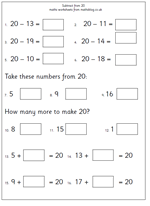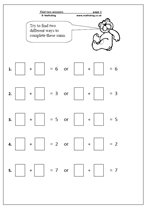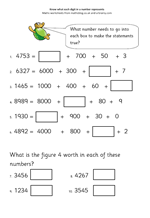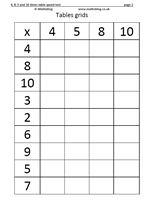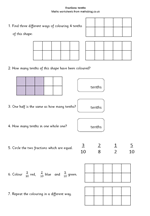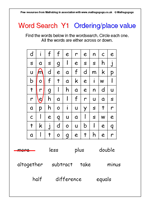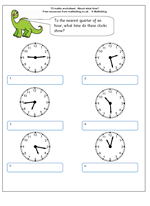 This maths worksheet on reading time to the nearest quarter of an hour highlights several issues which create problems for children.
This maths worksheet on reading time to the nearest quarter of an hour highlights several issues which create problems for children.
Firstly, on the clock face the hours are clearly numbered but the minutes are not and children need to be able to count on in fives before they can read minutes successfully.
Secondly, when telling someone the time we often approximate, either to the nearest quarter of an hour or the nearest five minutes, even when we can see clearly what the time is to the nearest minute.
Thirdly, when saying the time out or writing it we use several different conventions, as shown on the answer sheet.
Lastly, many children seldom come across this type of clock face, especially if they use digital watches, mobile phones etc., therefore take much longer to work it out – don’t be surprised to find ten year olds unable to read an analogue clock correctly.
